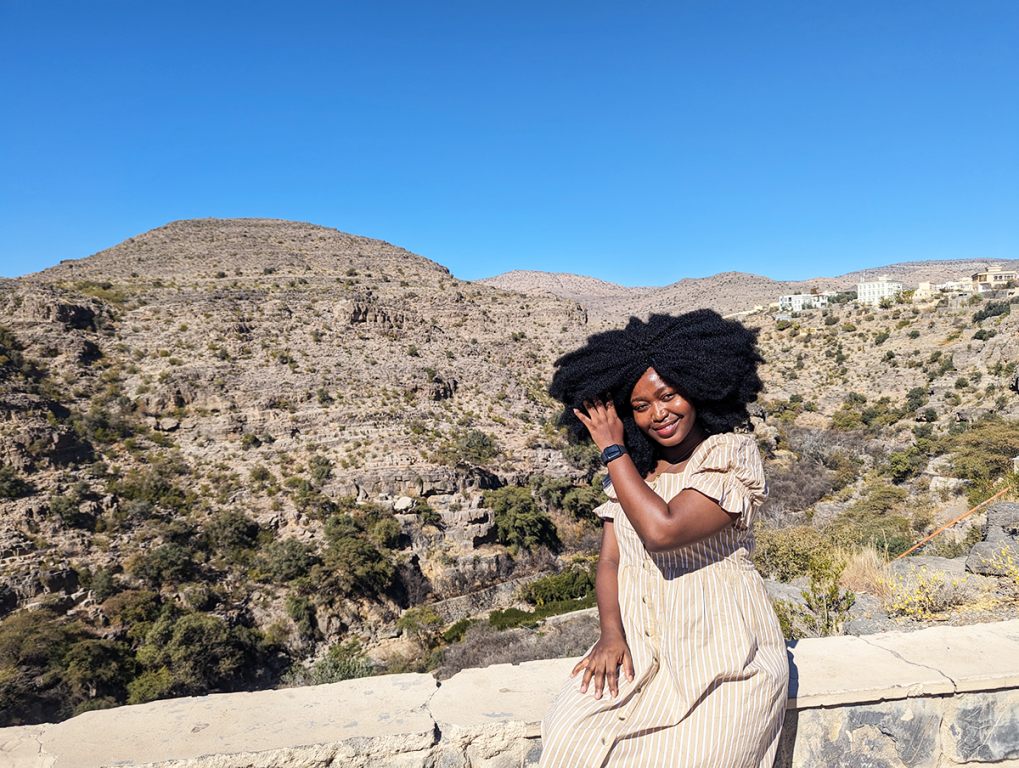
15 Feb Creating your travel bucketlist? Here’s why you should plan a visit to Oman
The word ‘underrated’ is often overused when descriptive words are scarce. I’m afraid I’ll have to disappoint you a little and use that word to describe this Middle Eastern jewel, Oman.
If you have ever considered visiting Oman, I have written this Oman travel guide to convince you to make that trip, especially if your passport affords you that opportunity (more on that in a bit).
About Oman
Before I convince you and not confuse you with “top 10 reasons why you should make a visit to Oman”, let me give a background into this country for those who haven’t heard of it. Often, many people only remember Oman when asked to name a country that starts with O.
In secondary school, a girl in my year had to leave because her father had gotten a job abroad, so the entire family was going with him. When she told us that they were moving to Oman, the questions on most of our young minds at the time were, “Oman ke?” (ke means why in Yoruba), “Where in the world is that?” and “Why are you moving to a country that Nigerians don’t usually go to?” In those days, people migrated to the US, UK, or Canada. Sometimes, you hear of Germany or Australia, but everywhere else was a fringe choice.
Now, let’s talk about Oman
The Sultanate of Oman is at the edge of the Arabian Peninsula. It shares land borders with Saudi Arabia, the United Arab Emirates, and Yemen. We met several travellers who travelled to Oman from the UAE via road for work and tourism. Oman also shares sea borders with Iran and Pakistan.
If your introduction to the Middle East is through countries like the UAE or Qatar, you will be shocked by Oman. It’s not like its shiny neighbours with their skyscrapers and artificial edifices. In Oman, you can find everything – beaches, mountains, desert dunes, souqs, forts, Wadis, and stunning mosques. Oman is an oasis still standing proudly with original Arab architecture and unique attractions.
It’s been over one year since my visit, and just writing this post brings everything back to mind. So much so that even though I want to go back there now, I have to make peace that I don’t have the right passport for that.
A guide to applying for Oman e-visa
This is one of the most painful things I’ve had to write; when writing this post in February 2024, Nigerians with a Nigerian passport cannot visit Oman on a tourist visa as I did in 2022. The only way you can visit Oman other than with a Work visa is as the spouse or child of someone with the right to be in Oman by work or birth (Nationality).
With my Qatar World Cup 2022 Hayya card, I processed my special Omani e-visa in less than 48 hours. I simply visited the official Oman immigration website, filled in my details and received an email the next day that my visa was approved.
I hope, with all my heart, that the Nigerian government reaches out to the Omani government so they can review and relax their visa rules.
Read also: Soul Food Lagos Review: Perfect Restaurant for Brunch on a Budget
Getting into Oman
Since we were in Qatar, we took a direct 1-hour flight to Oman with Oman Air, and I still remember that flight as one of my best flight experiences. The Muscat airport has direct flights to and from all the GCC countries, i.e. Bahrain, Kuwait, UAE, Qatar, and Saudi Arabia, as well as other Asian countries, such as India and Pakistan, the UK and other European countries.
Transportation in Oman
Public transportation in Oman is limited. Buses only move between towns, and I hardly saw any drive inside the city. The only other public transportation method available is via taxi, and you can either hail one by the roadside or book via Oman’s version of Uber – Mwasalat. On our first night in Oman, we took a metered cab from the airport and it was easy to communicate with the drivers in English.
We later confirmed that renting a car is the best way to move around in Oman as a tourist. Since I wasn’t prepared for this, or rather, I had never done this before, I was very sceptical. Heck, we didn’t even have an international driver’s license.
On my last day in Muscat, I felt adventurous enough to hail a roadside cab, price it, and board it to our hotel. That was a fun experience, even though the cab driver proposed marriage and wanted to take me to his village so I could have his kids. It took everything in me not to stop the car to have a proper from-the-depths-of-my-belly laugh.
Read also: Exploring West Africa Part 3: Road Trip to Lome, Togo
Renting a car in Oman
Before our visit to Oman, I contacted a tour agency and devised an itinerary. We had a lovely tour guide named Saayed, who was very patient and made sure we maximised our tours and visits.
Silas and Jadesola enjoying a seafood dinner with Saayed in Sur, Oman, sitting at a table filled with delicious food
Then we noticed that apart from us being the only black tourists in most places, many tourists were independent. They were driving their rental cars and vans and doing things at their own pace. This was so fascinating.
After spending one day with Saayed, we decided to try renting a car. Unfortunately, most of the vehicles had been rented out since it was the weekend. Thankfully, all hope wasn’t lost as we were connected to a company with a sleek 4-wheel drive, and we used that for the remainder of our trip.
Food in Oman
As an adventurous foodie, I tried several meals in Oman. While in Sur, we went to a local restaurant whose name I can’t remember and had delicious seafood biryani meals. In Muscat, we went to Ferdowsi, a Persian restaurant; every meal there was amazing.
The most beautiful places to visit in Oman
The first port of call for almost everyone arriving in Oman is the capital city of Muscat. We stayed at the Wyndham Hotel Muscat, and it was easy to connect with the rest of the city from there. This helped us to go out easily to explore restaurants and beautiful attractions in Muscat.
1. Sultan Qaboos Grand Mosque, Muscat
This mosque is the largest in Oman and the only one open to non-Muslim visitors. It is a grand edifice marked with stunning modern Islamic architectural details, from the ceilings to the minarets and the doors to the chandeliers.
Exterior of the Sultan Qaboos Mosque Muscat, Oman
It’s open to visitors from 8-11 am Monday – Thursday. Outfits like shorts and sleeveless tops are prohibited for men or women. As a lady, you will need to be covered from head to toe, and if you don’t meet the requirements, they have a dress-rental service where you can pick up an outfit that meets the requirements.
2. Muttrah Souq
The Muttrah Souq is one of the oldest markets in the world, and like most places in Oman, Arab architecture can be seen everywhere. You can pick up a souvenir or household item here. You’ll find things like rugs, perfumes, jewellery, clothing items, and decorative pieces, among others, here.
Inspired by how luxurious some Arabs smell, I bought some Bakhoor that I love to use when I need to layer my scents.
The Omani gold market is filled with so many lovely pieces, from bridal gold bibs to knife hilts. The least quality I could find was 21 carats, and when I asked a seller for the reason behind this, he said that Omani women only wear 21-carat gold and above.
3. Muttrah Corniche
The Muttrah Corniche was once the principal port in Oman and played a significant role in its spice trade. Now, there are shops, restaurants and walkways where one can stroll, shop, and soak up the Arabian atmosphere.
After shopping at the souq, take some time to walk along the Corniche at sunset or sit and watch the Dhows go by.
4. Amouage perfumery
I could write a whole blog post on my experience at the Amouage perfumery. Amouage perfumes are some of the world’s most notable perfumes. Before visiting Oman, I didn’t know they were produced in Muscat and exported worldwide.
We were given a factory tour, where our guide talked about the motivations behind their designs and scents. I also got to buy some perfumes for myself and my loved ones at factory prices.
Read also: Makoko Fish Market: Where to Find Quality Seafood in Lagos
5. Bimmah sinkhole
The Bimmah sinkhole is a natural sinkhole that is arguably one of the most beautiful sights you’ll ever see. Some Omani locals believe that this sinkhole was created by a meteorite.
I’m no geologist or historian, but I love beauty, so I made sure to dive in the gorgeous turquoise pool and take as many photos as possible.
6. Wadi Shab
Wadi is the Arabic word for valley, commonly found in Jordan, Oman and some other areas in the Middle East. Wadis could consist of deserts, rivers, or even farms.
Wadi Shab is one of the most visited outdoor attractions in Oman, and just from the entrance, you can see why that is. It has three natural pools, a waterfall inside a cave, and a hiking trail. Exploring can take up to 3-4 hours and might involve swimming across some areas.
7. Wadi Dayqah Dam
Wadi Dayqah is one of Oman’s newest destinations in Quriyat, ~75 km from Muscat. The Wadi Dayqah dam is one of the largest dams in the Arabian Peninsula and was built in 2012 to control water flowing through to the villages.
8. Sur
Sur, also known as the Pearl of the coast of Oman, is about 2.5 hours by road from Muscat. Historically, the city is known for being an important destination point for sailors.
It’s also significant to Oman because of its long and rich shipbuilding heritage. Sur is best known for their traditional boats or ‘Dhows’ craftsmanship. The Dhow yards are world-famous and are also considered the home of the great ‘Sinbad’ the Sailor. However, local Omanis don’t say dhows but ‘safeena’ (ship).
We got to watch the sunset over the city of Sur, and it’s one of the most beautiful things I’ve ever seen.
9. Al Ayjah Lighthouse
The Al Ayjah Lighthouse is an important attraction to visit when in Sur. It’s situated on Ras Ayqah, the highest east side point in Sur Harbour Square, facing the Gulf of Oman.
Though the actual doors to the lighthouse aren’t open to the public, the exterior offers a picturesque experience that’s any photo lover’s dream. Sadly, I arrived there way past the sunset, so I couldn’t get clear photos.
Read also: Exploring West Africa Part 1: Ouidah, Benin Republic
10. Bahla fort
There are several forts in Oman, but Bahla Fort is the country’s only UNESCO World Heritage-listed fort. It is believed to have been built between the 12th and 15th centuries by the Banu Nebhan tribe, who inhabited the area then.
11. Falaj Khatmein
The Aflaj or Falaj Irrigation System is an ancient integrated system that collects water (groundwater, natural spring, or surface water). It delivers it through channels (underground or surface) for domestic and agricultural purposes. They are listed as a UNESCO World Heritage site, and archaeological evidence dates some Aflaj systems back to 2500 BC.
We visited Falaj Khatmein, one of Oman’s 3,000 still functioning aflaj and I was quite impressed with the cleaningliness of the water. It’s listed as a
12. Jebel Al Akhdar
The ‘green mountains’ as they’re also called, Jebel Al Akhdar peaks are a part of the Al Hajar Mountain range and are as high as 2,980 m (9,776 ft). The Jebel Akhdar mountains played a significant role in the 20th-century Omani battles and have now been declared a nature reserve.
Visiting the mountains was the main reason we rented a 4-wheel drive on this trip. Without a 4-wheel drive, you would have to park your saloon car at the foot of the mountains and find another way to get to the top.
Our ascent to the Jebel Akhdar peaks was so scenic, with several viewpoints littered along the way. We drove on narrow, curved and windy roads, the types that I’ve only seen on TV. I was so scared of driving off the mountain, but my husband, our calm driver, handled it so well and made it a memorable experience.
13. Anantara resort – Diana’s viewpoint
I visited the Anantara resort to explore Diana’s viewpoint. In 1986, the late Princess of Wales visited Oman with Prince Charles and enjoyed the panoramic views of the Jebel Akhdar mountains. It’s a lovely place to visit, and we tried to create our version of Diana’s photo.
14. Four village walk – Al Ayn
Since we went in December, it was the start of the winter and the mountains were really cold. Here, we visited some mountain villages and their pomegranate and rose farms. We also made a daring climb to see the ruins of an abandoned village.
Read also: 25 Creative Ways To “Travel” Without Leaving Your House
15. Royal Opera House, Muscat
The Royal Opera House in Muscat is yet another Omani architectural wonder. With its all-white exterior and marble archways, the opera house is worth visiting for photos alone. If you’re lucky enough to catch a performance during your visit to Oman, you can take a guided tour of the Opera House. We couldn’t do this, so I played around the exterior and took some photos.
16. Oman Oil and Gas Exhibition Centre
As the name implies, the Oman Oil and Gas Exhibition Centre was established to showcase the workings of the Oman petroleum industry. Here, one learns the origin of fossil fuels, their exploration, and treatment.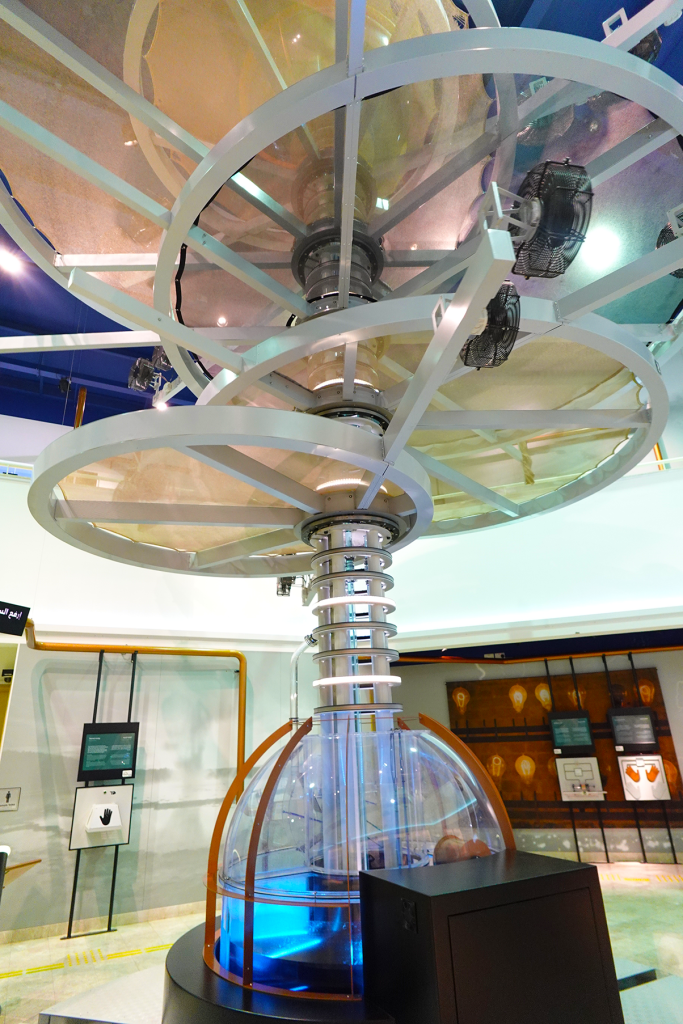
A very educative exhibition, it was established in 1995 as a donation from Petroleum Development Oman. We got to learn, interact and play around with their systems and models.
Final thoughts on my visit to Oman
I’m sure with this travel guide, I haven’t hidden how much I loved this trip and how much I recommend a visit to Oman. It’s a truly spectacular country and I hope you’re able to experience it soon. Till next time, when I’ll share a detailed travel itinerary to help you get the most out of your visit to Oman.


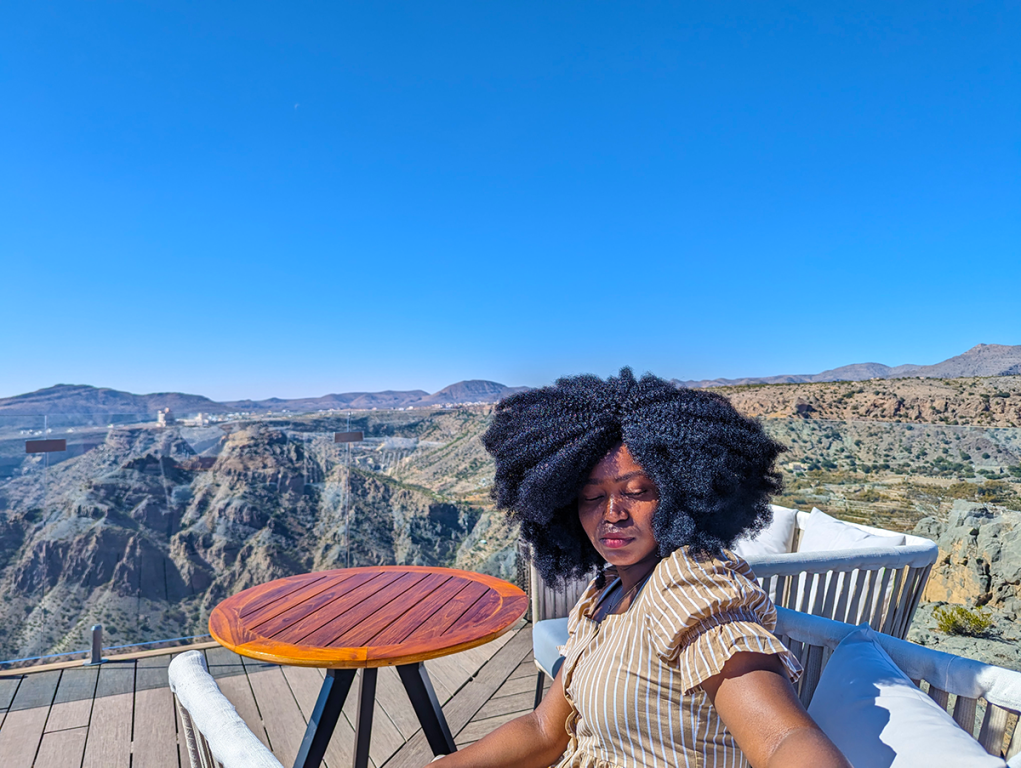
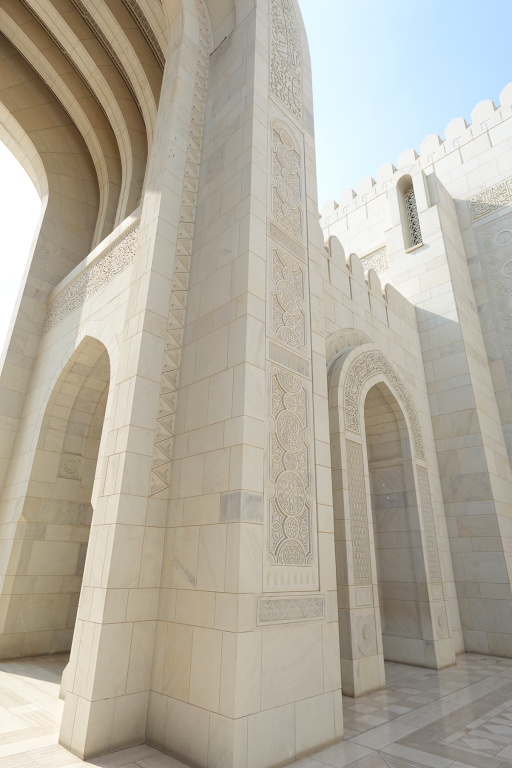
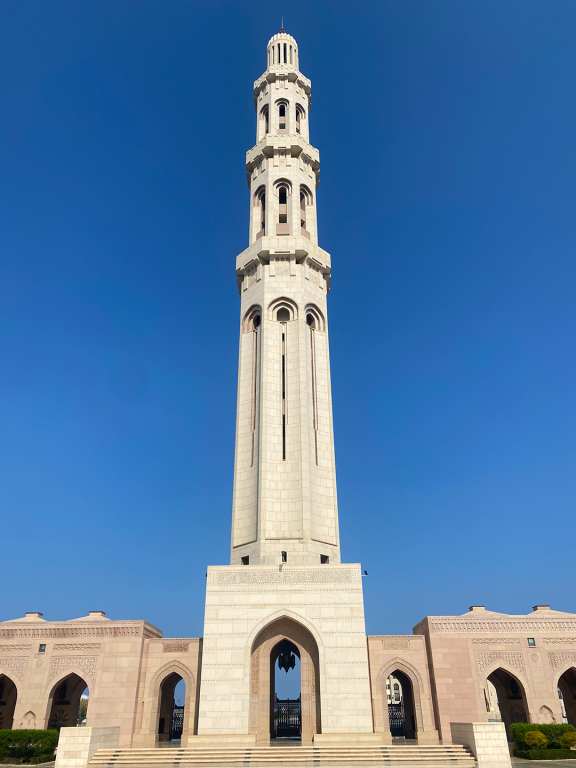
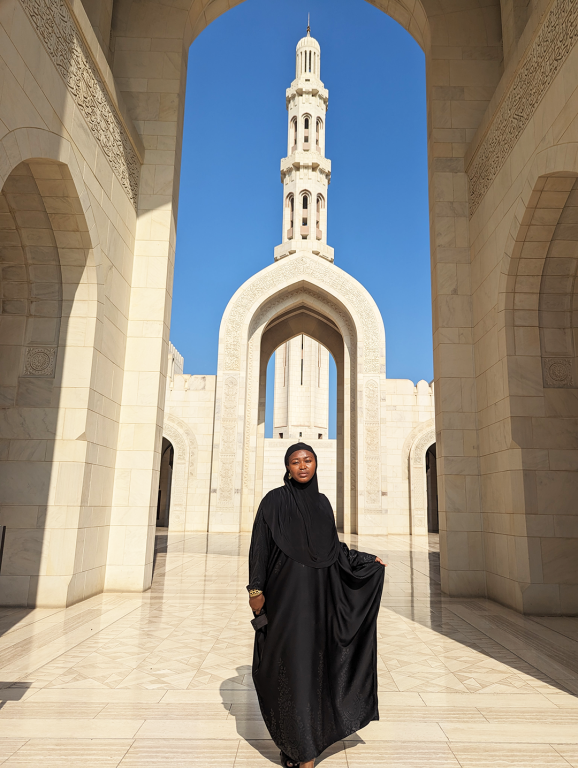
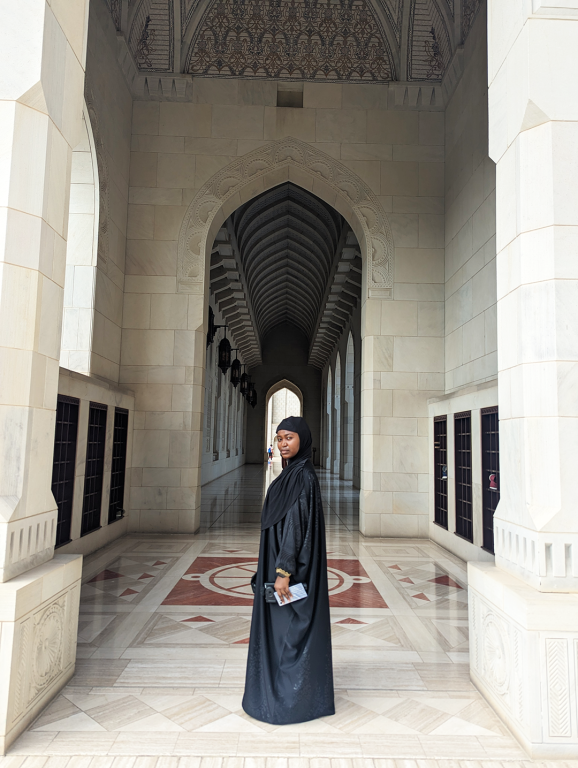
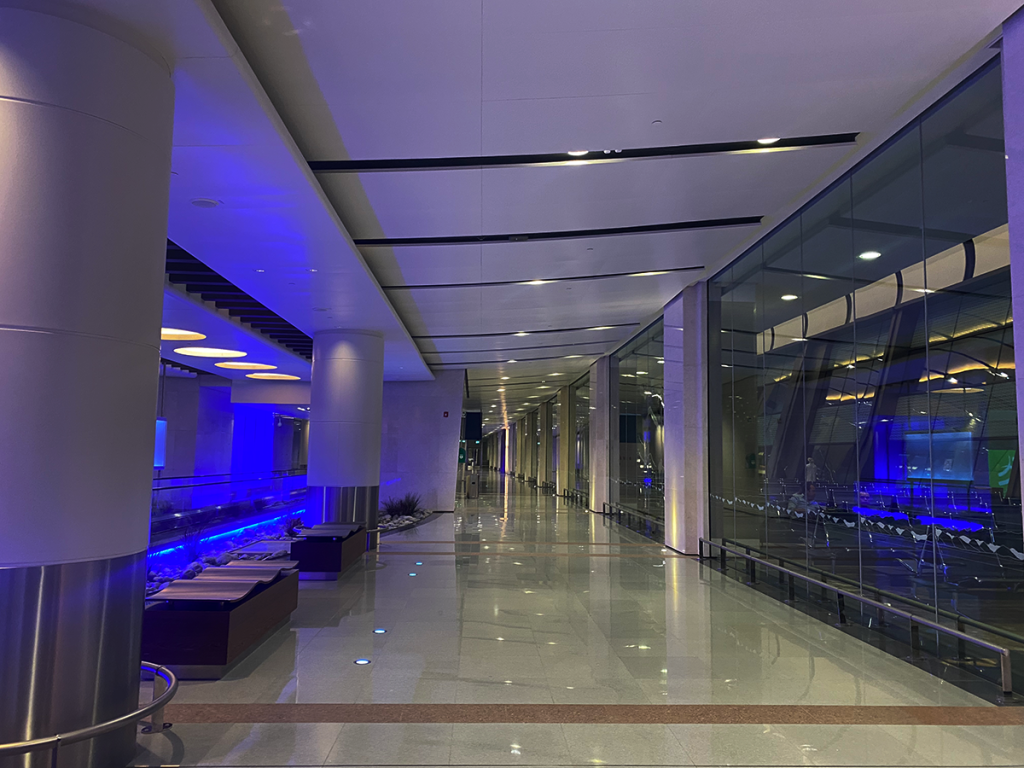
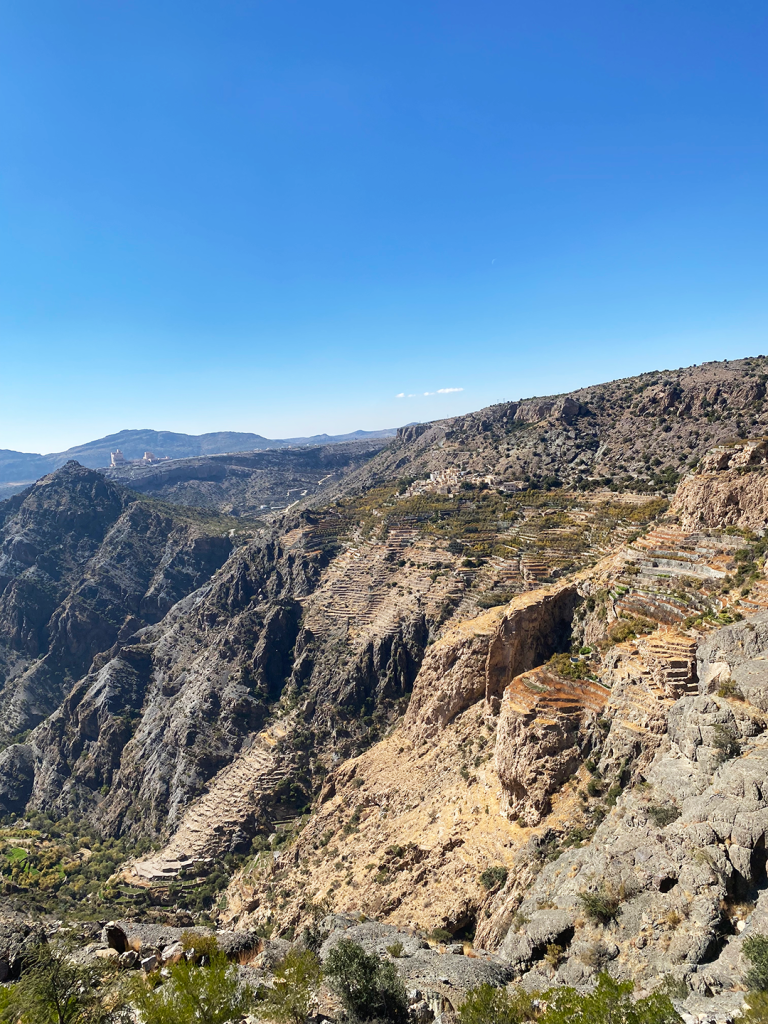
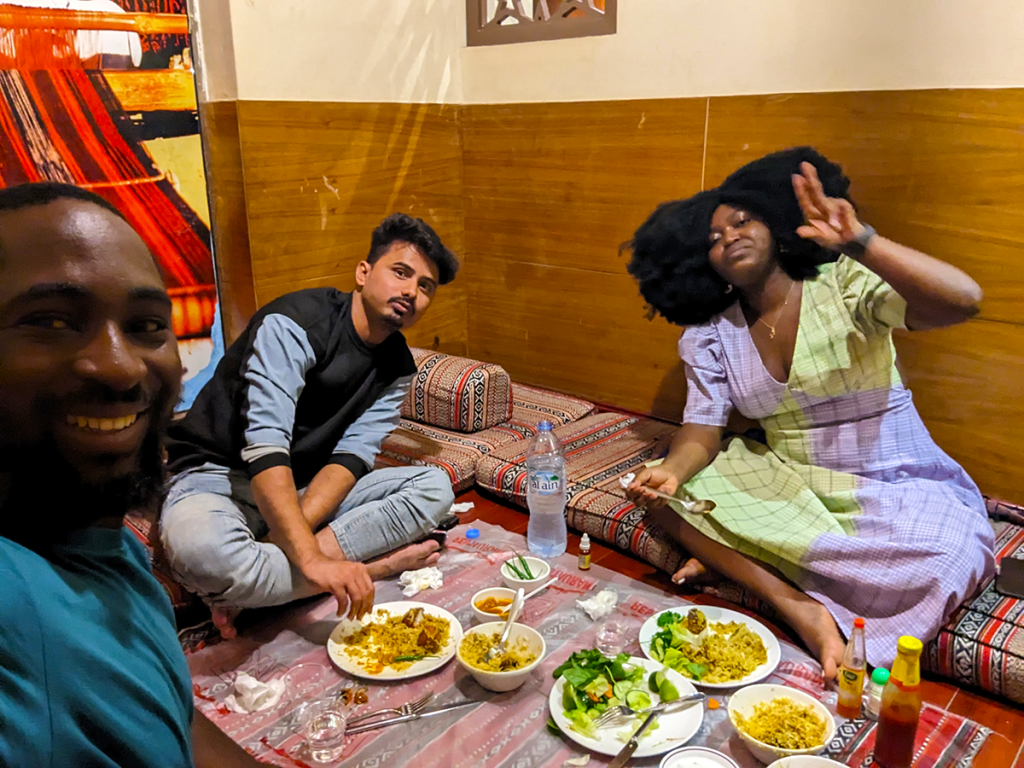
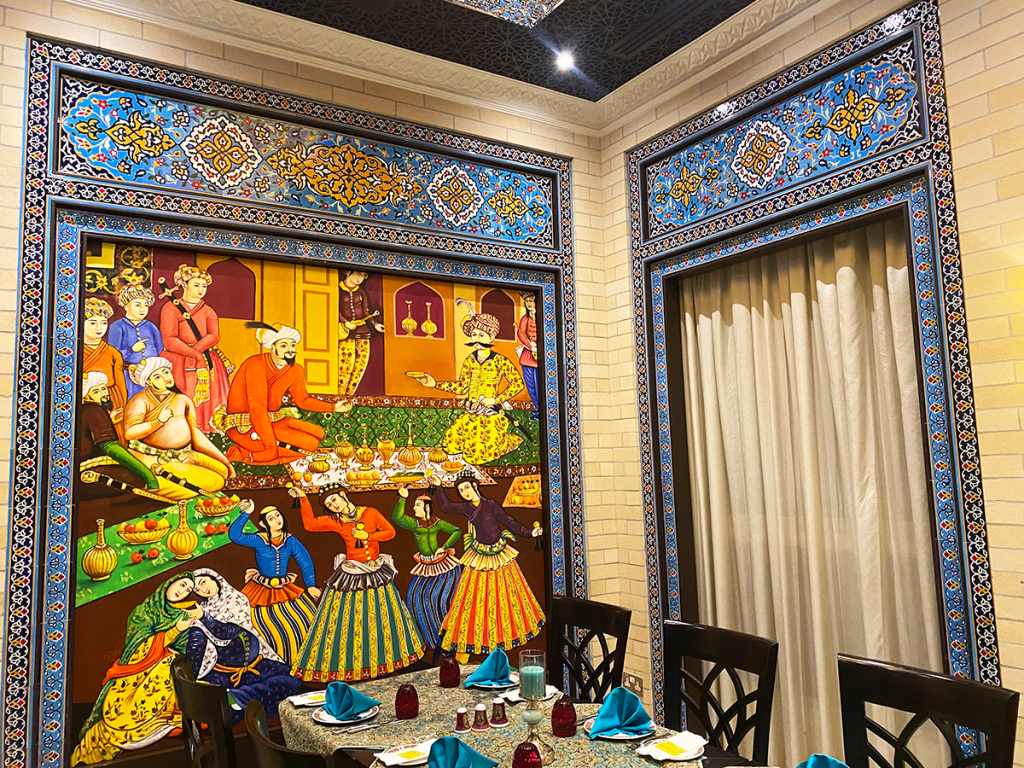
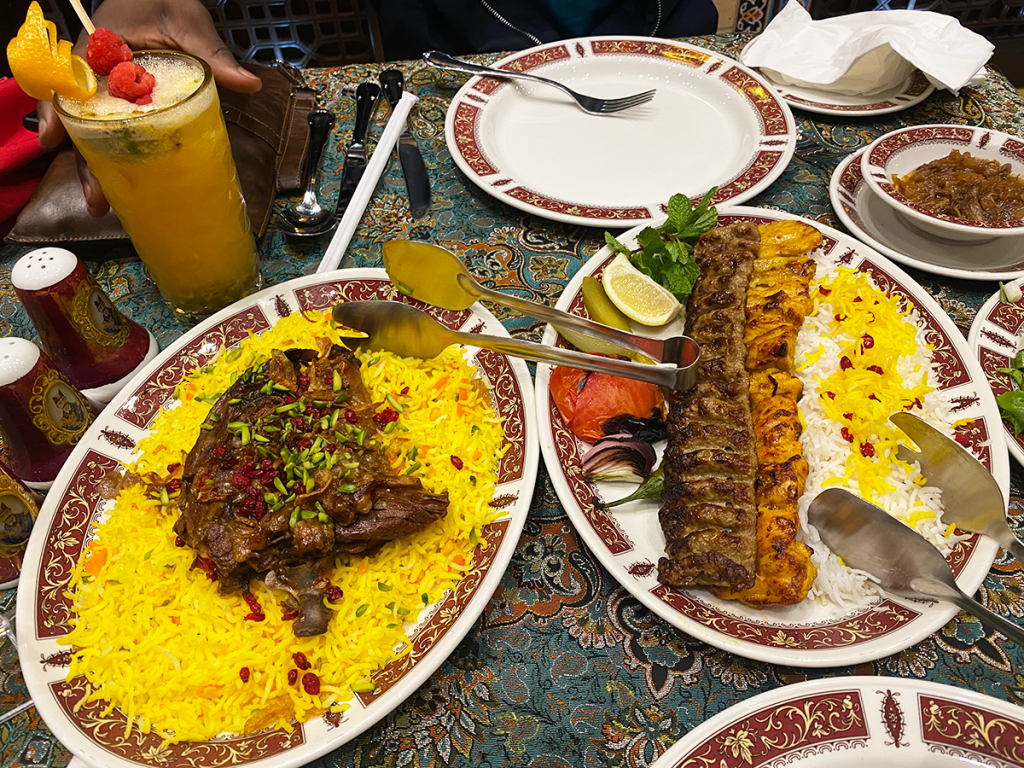
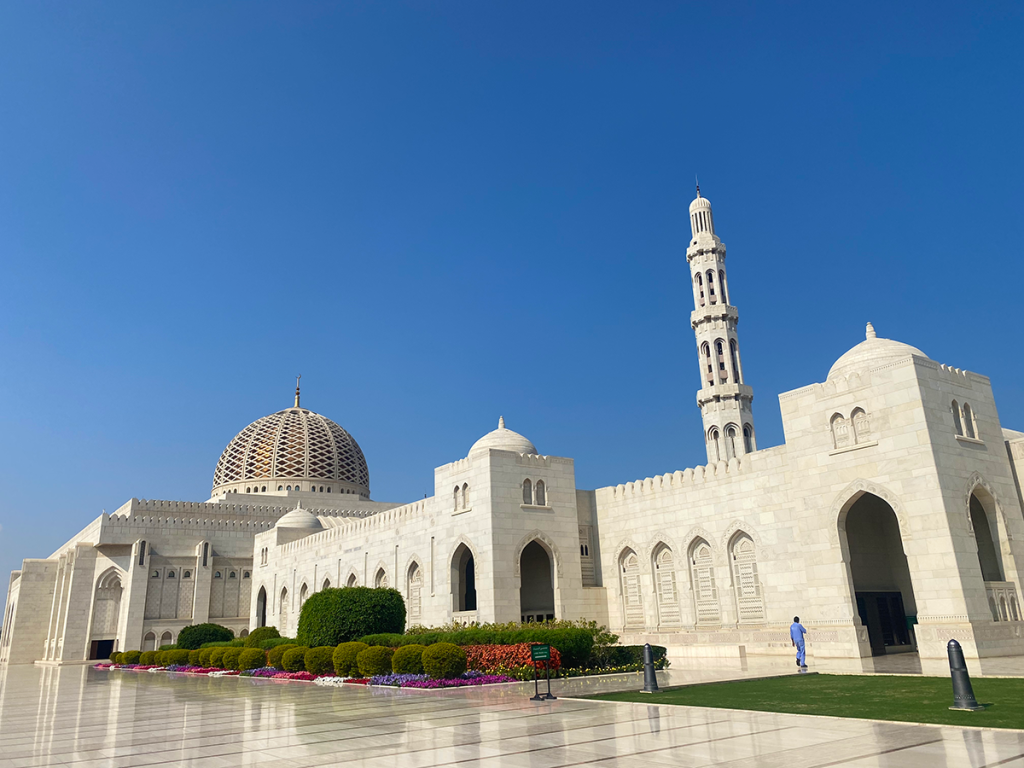
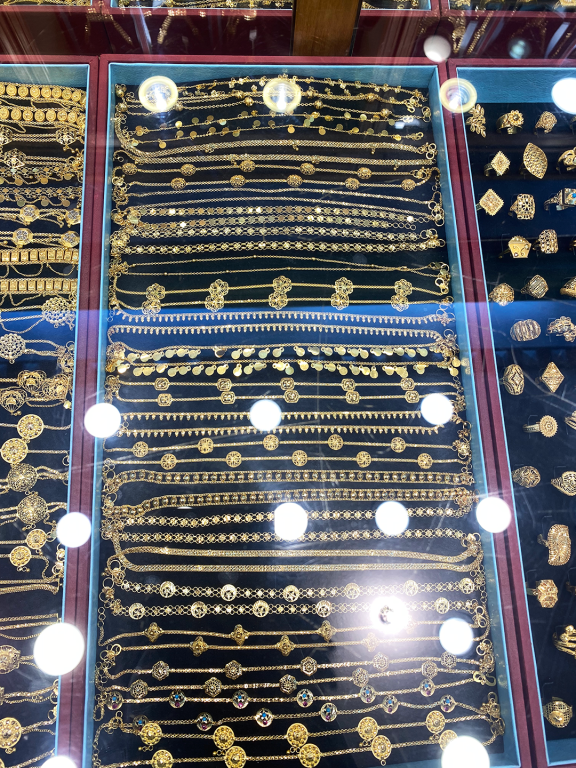
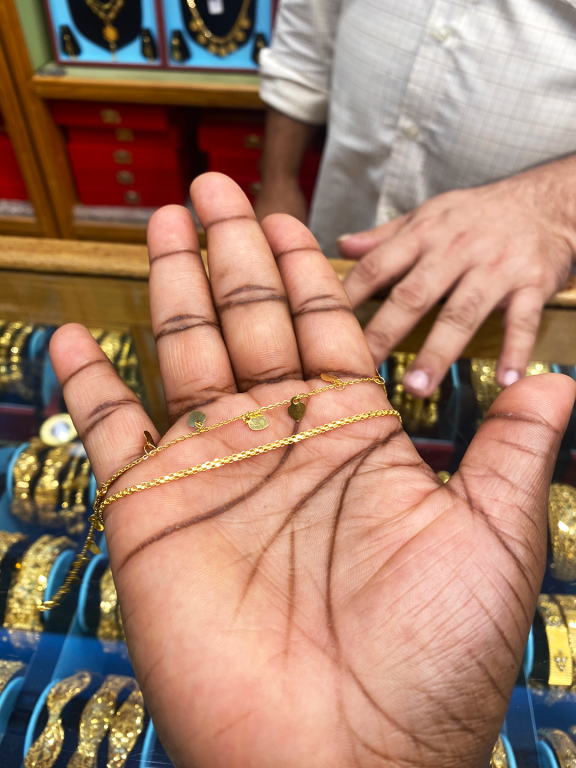
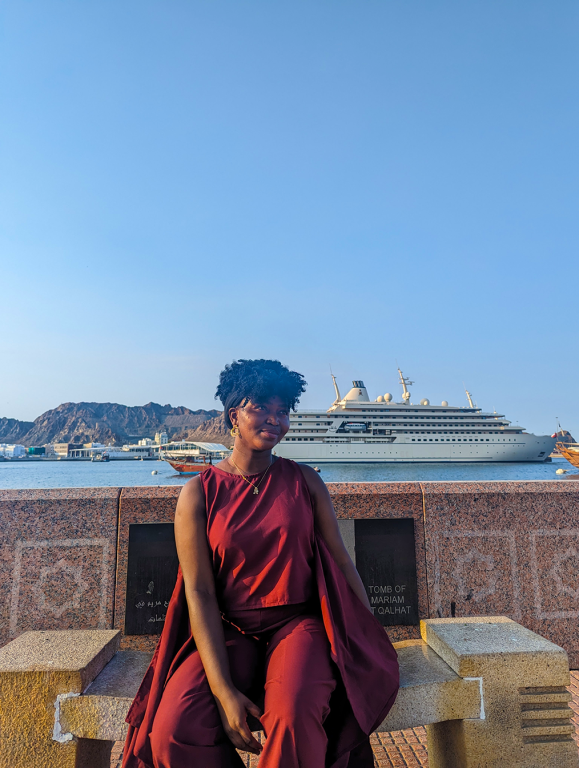
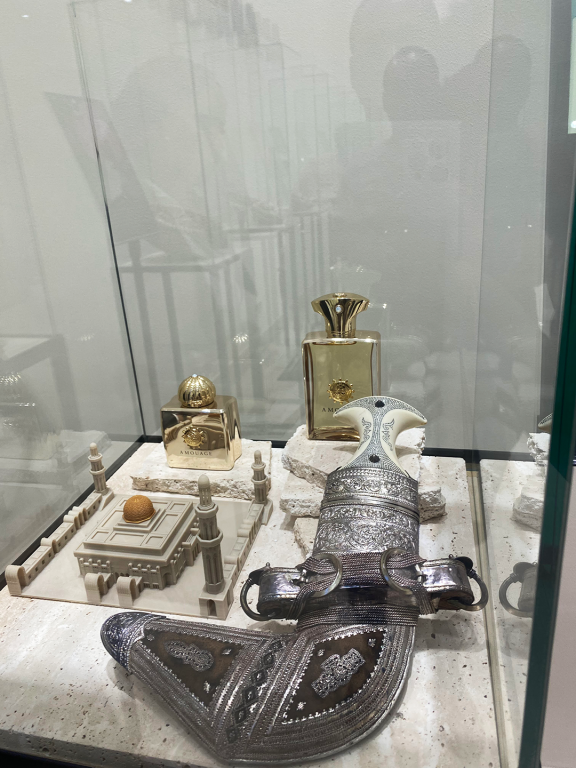
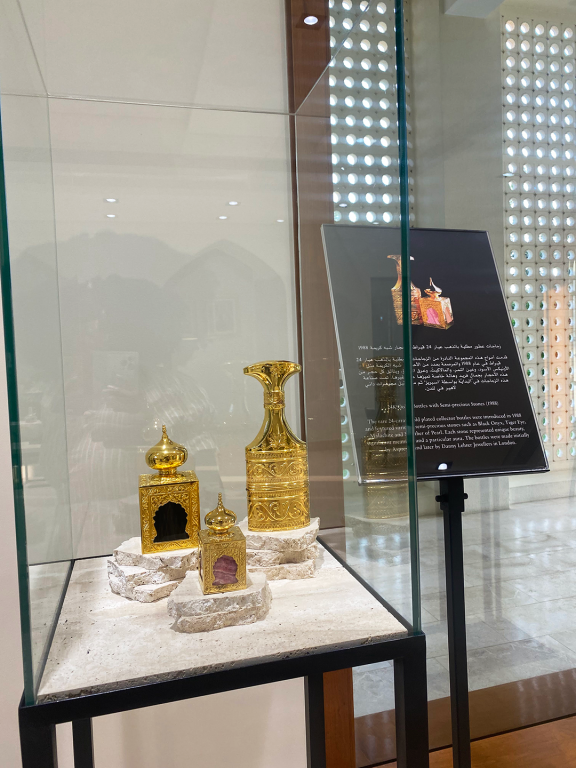
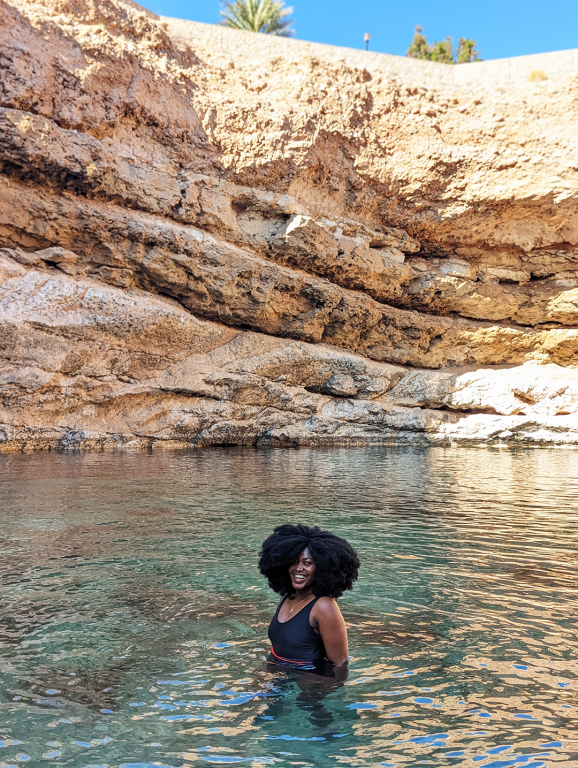
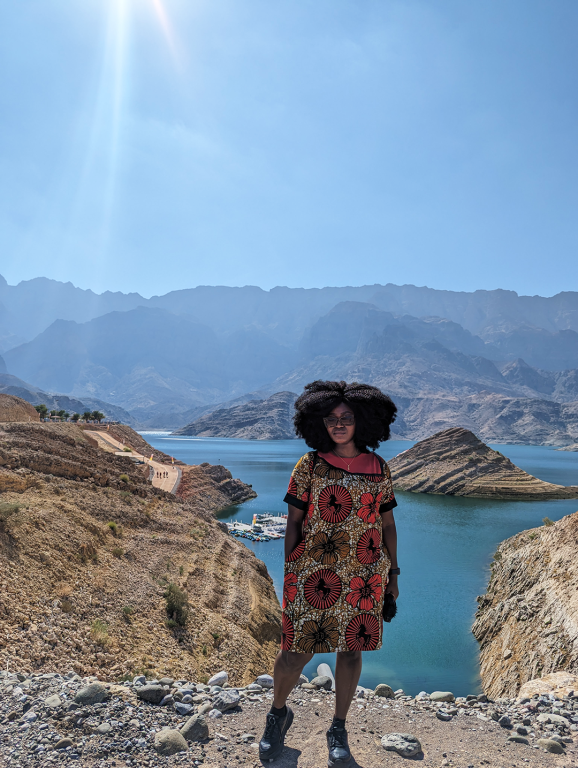
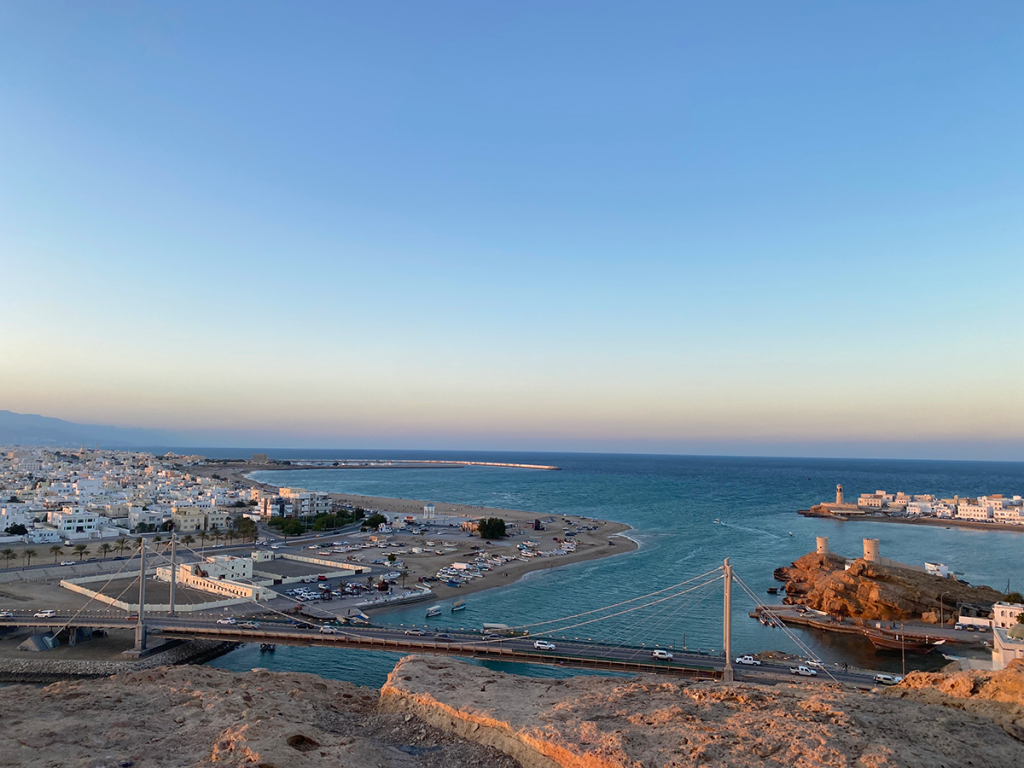
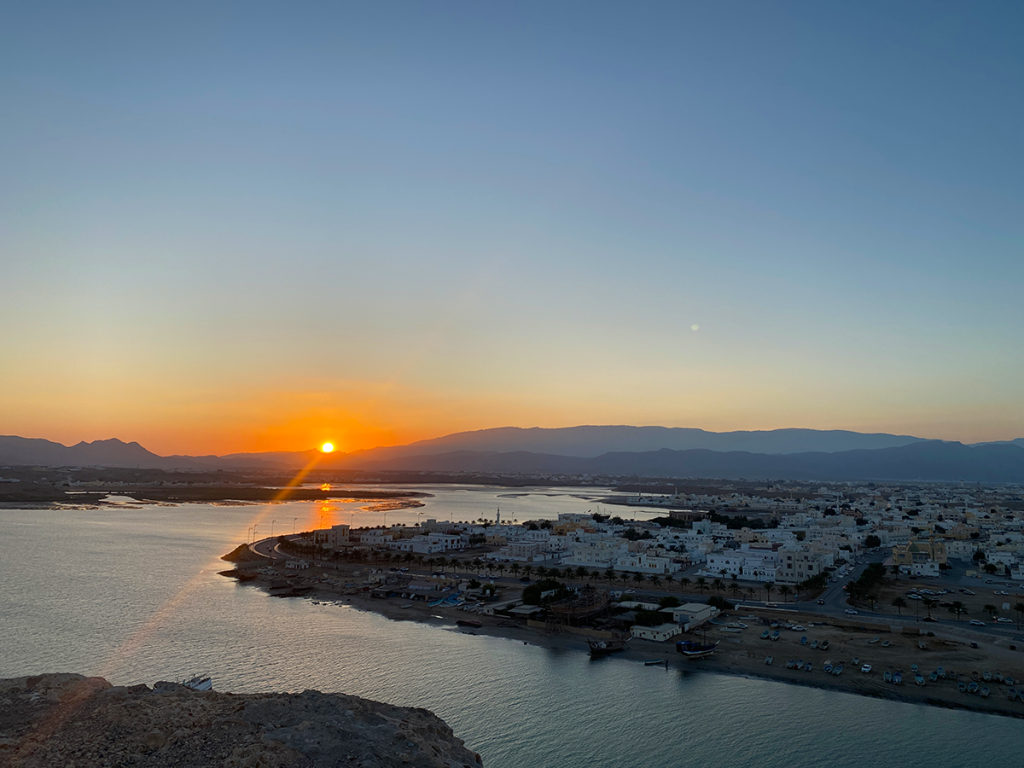
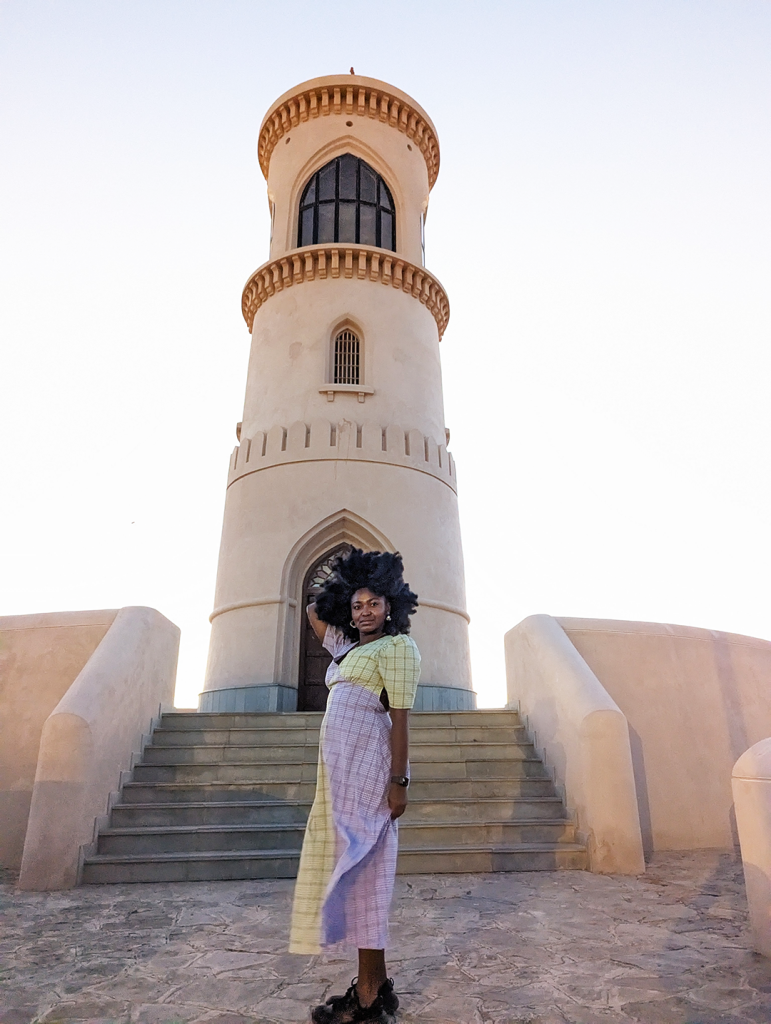
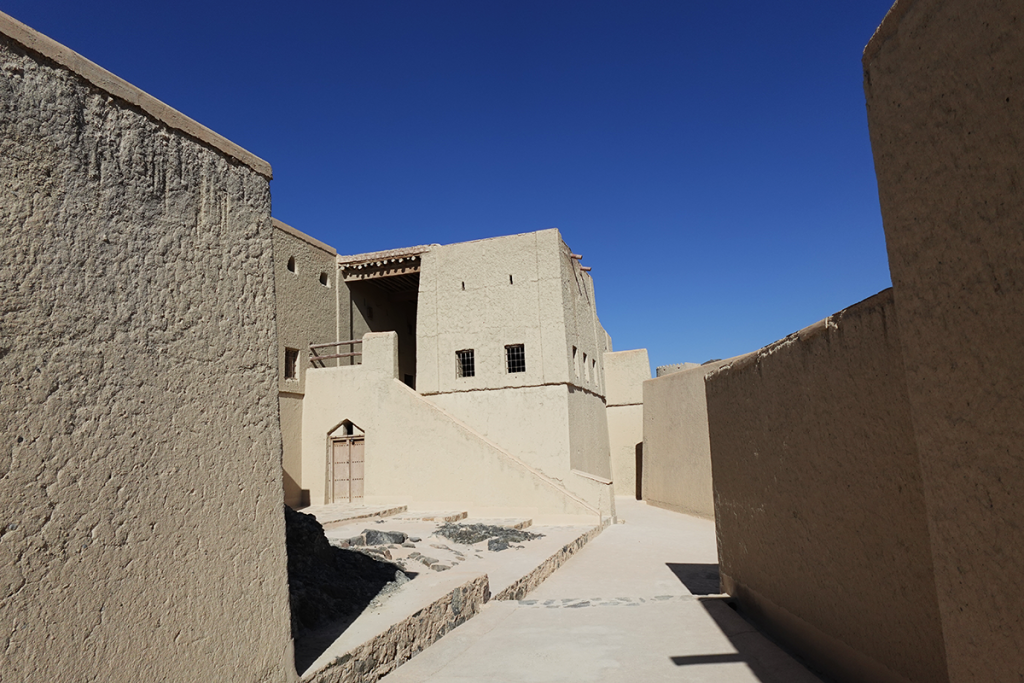
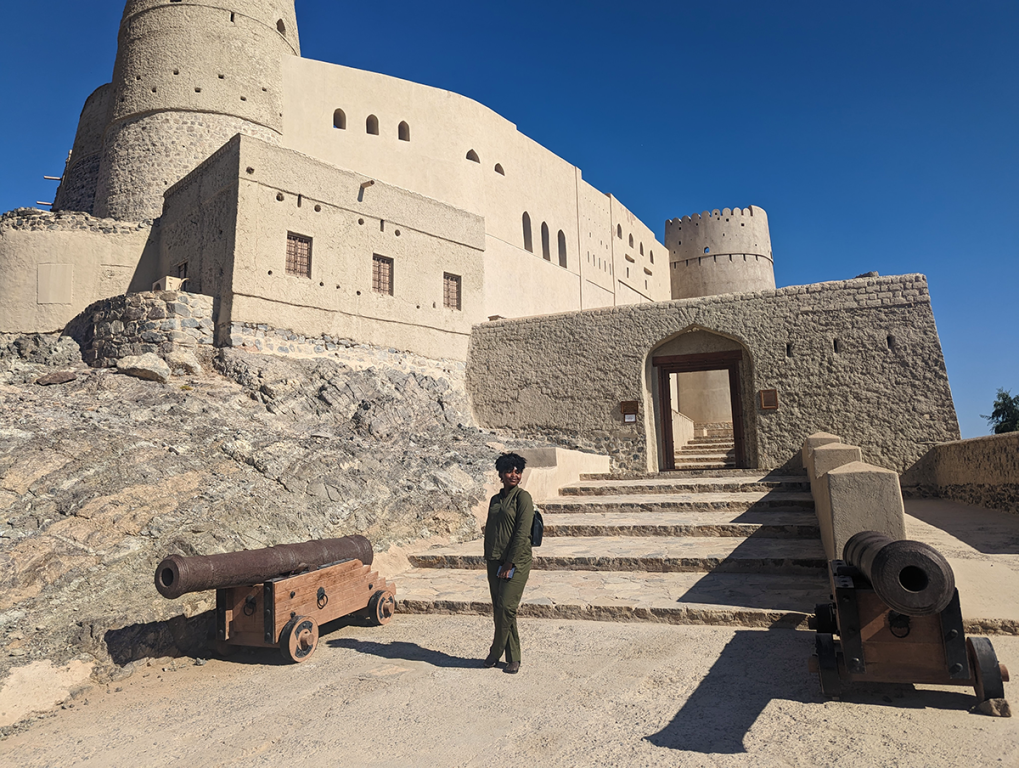
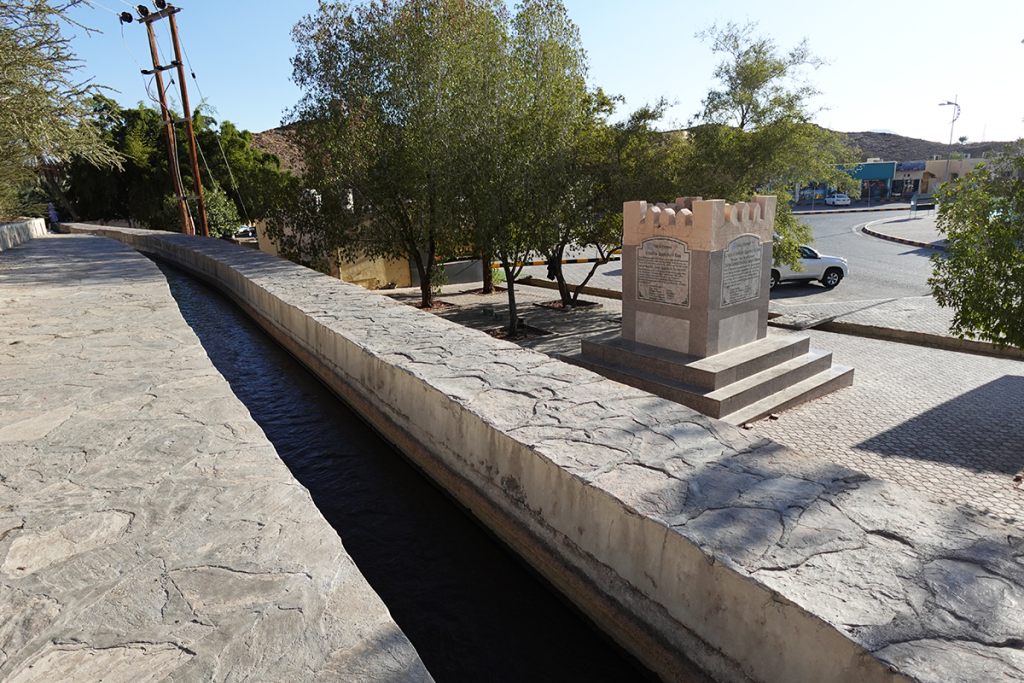
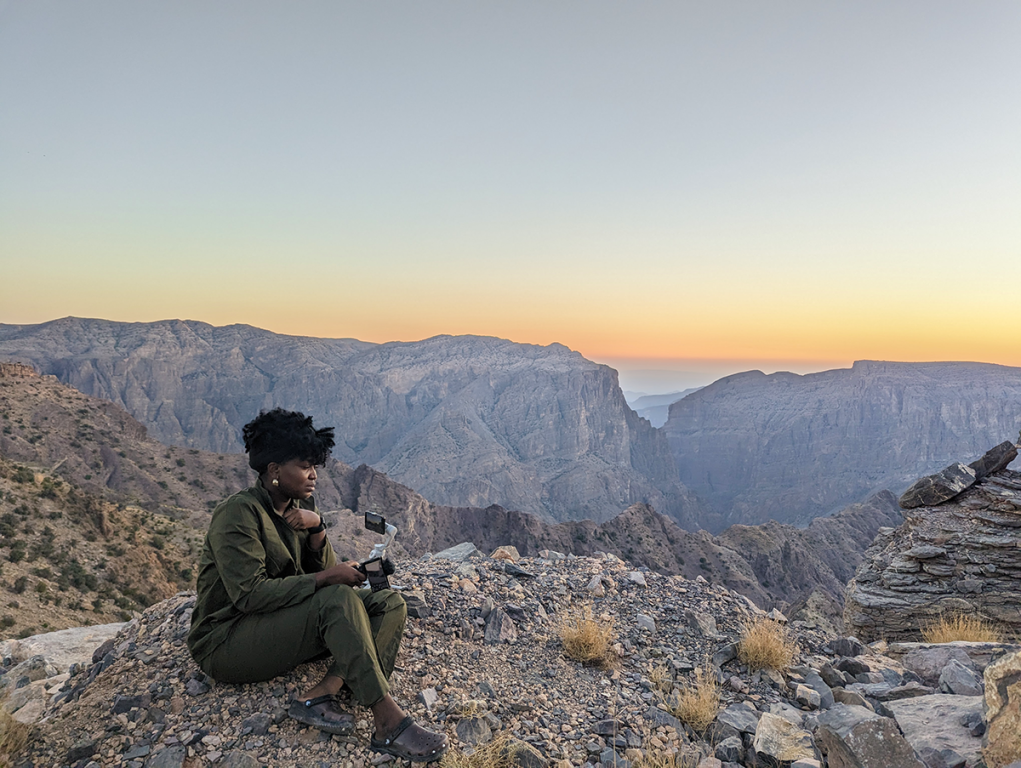
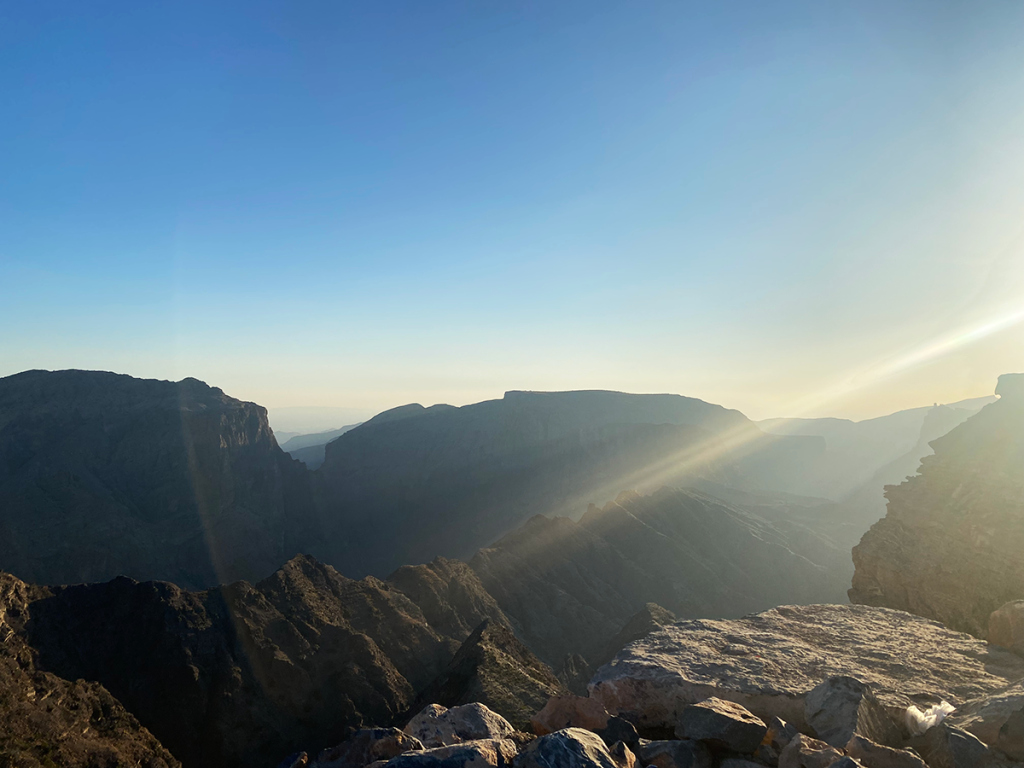
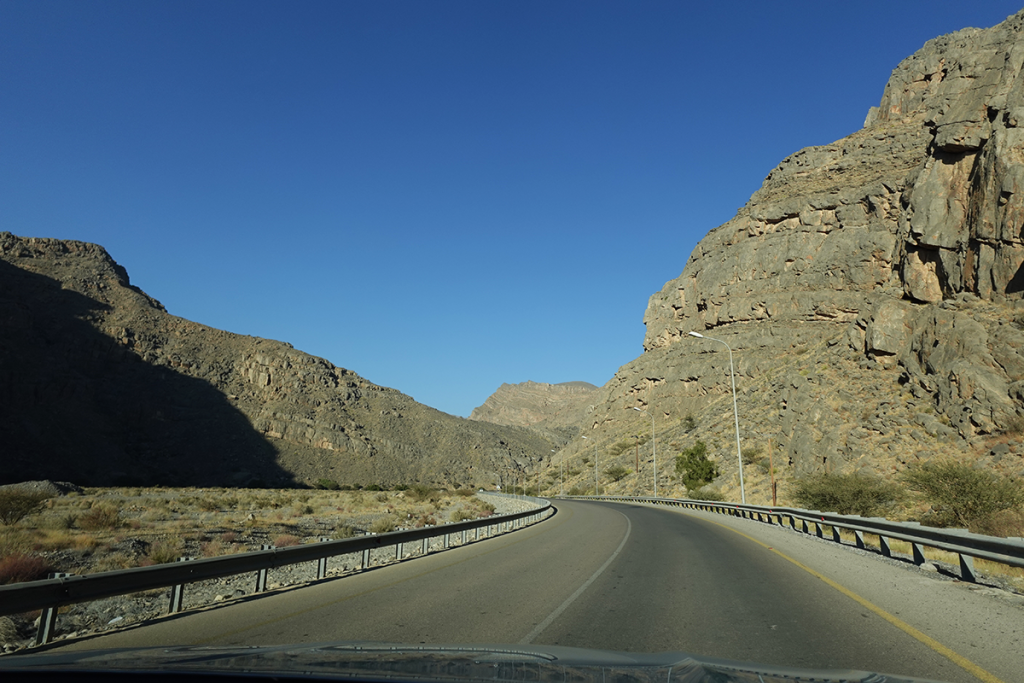
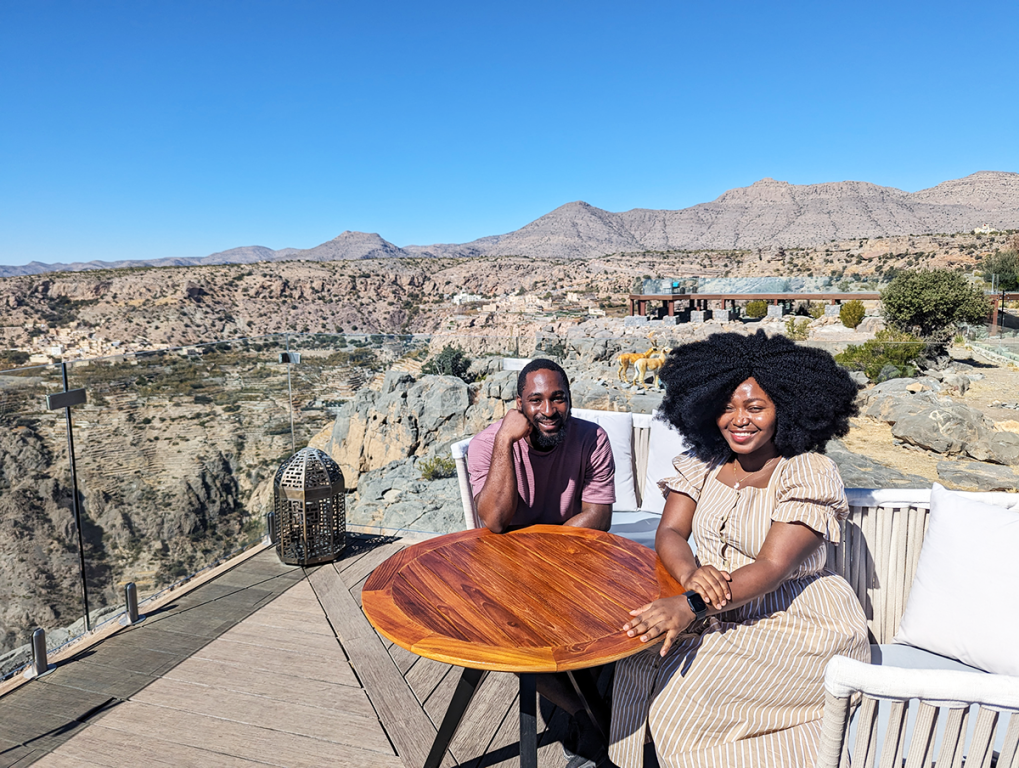
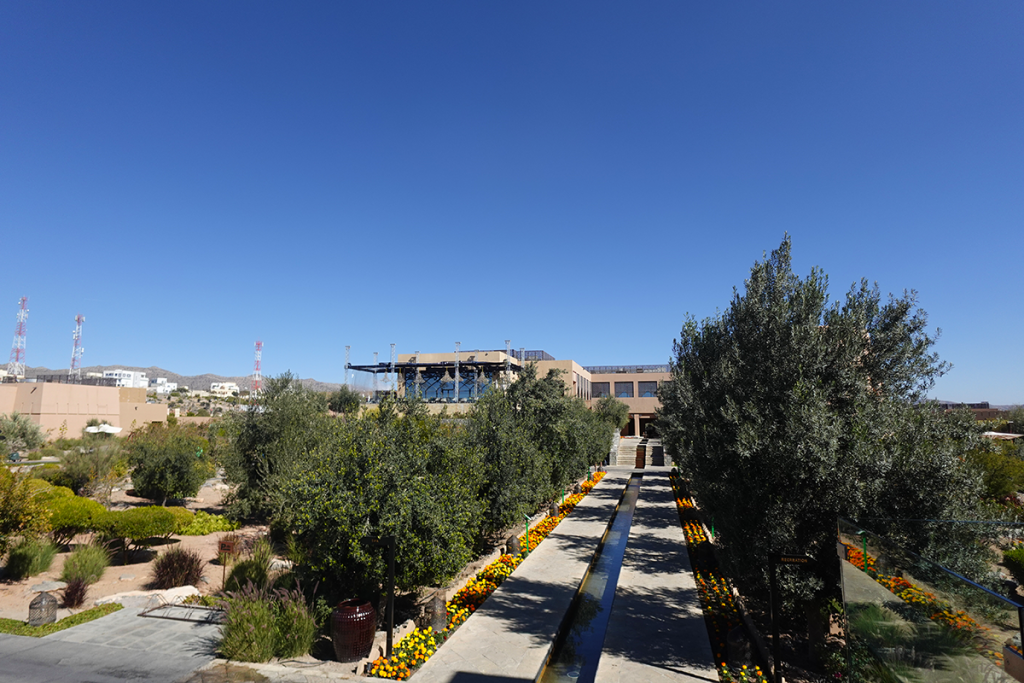
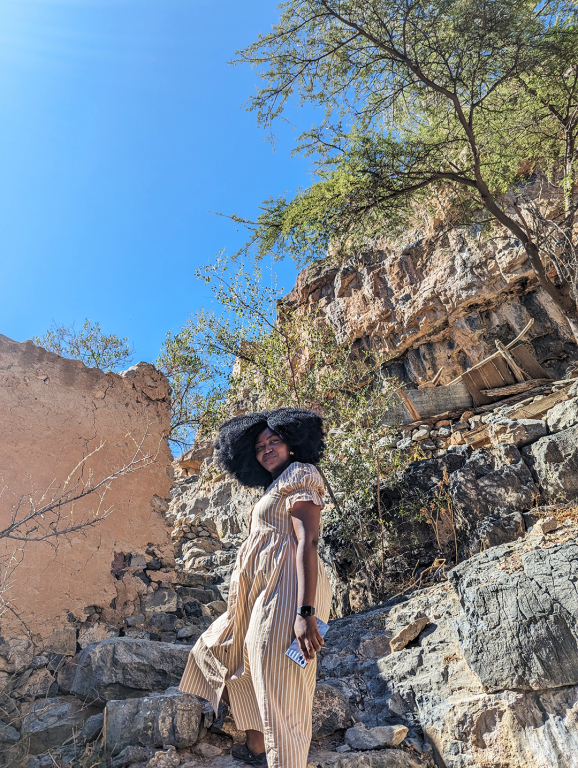
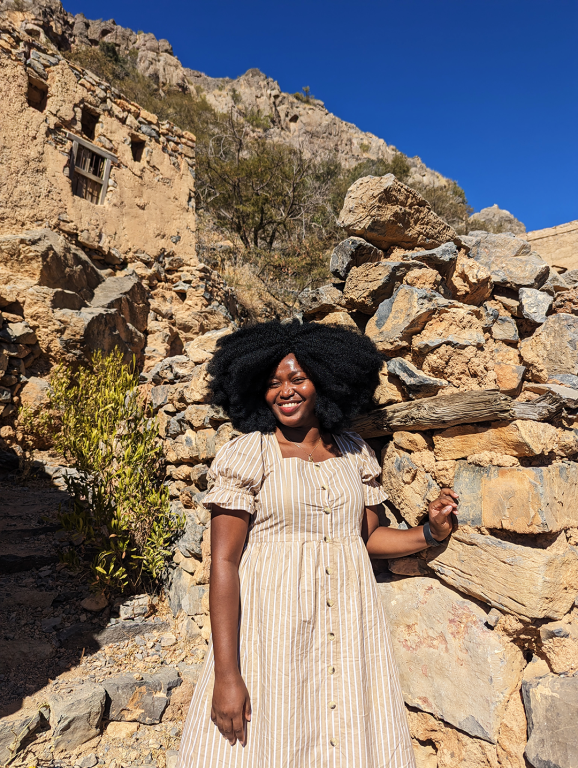
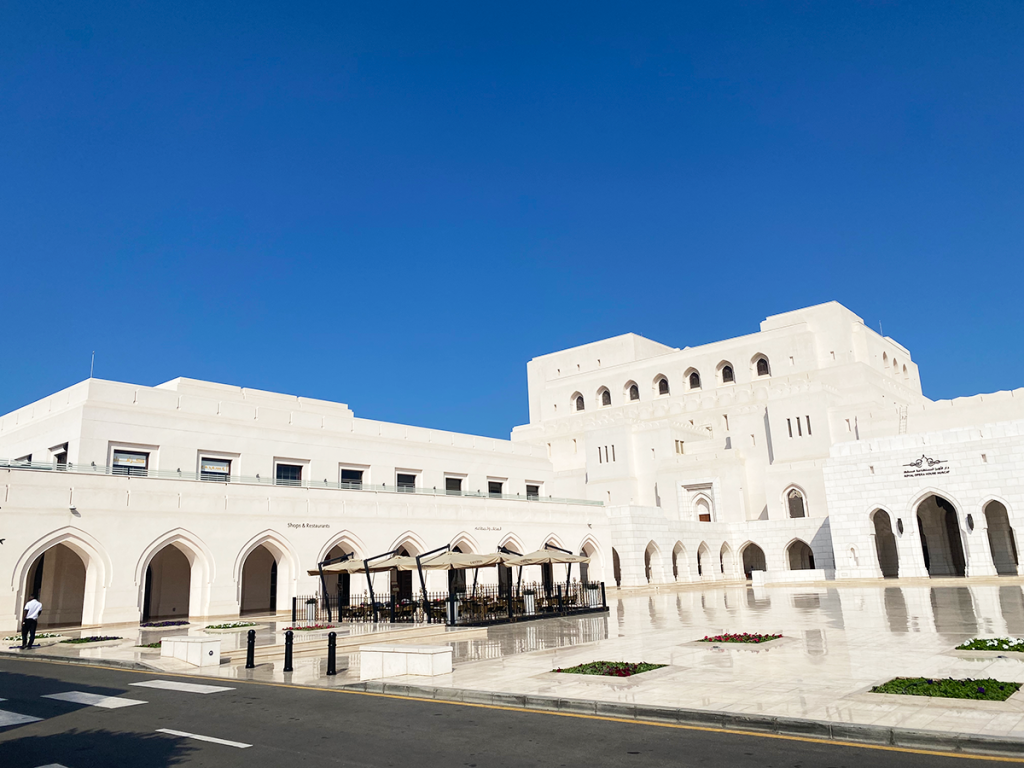
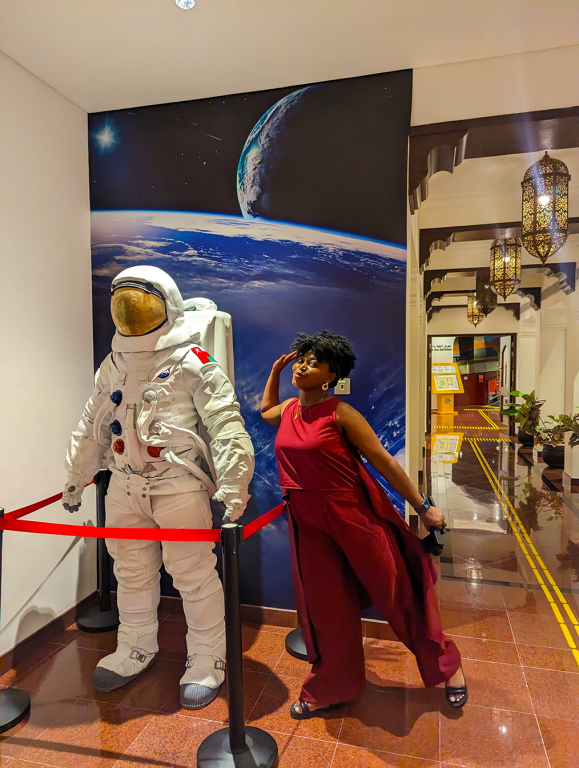
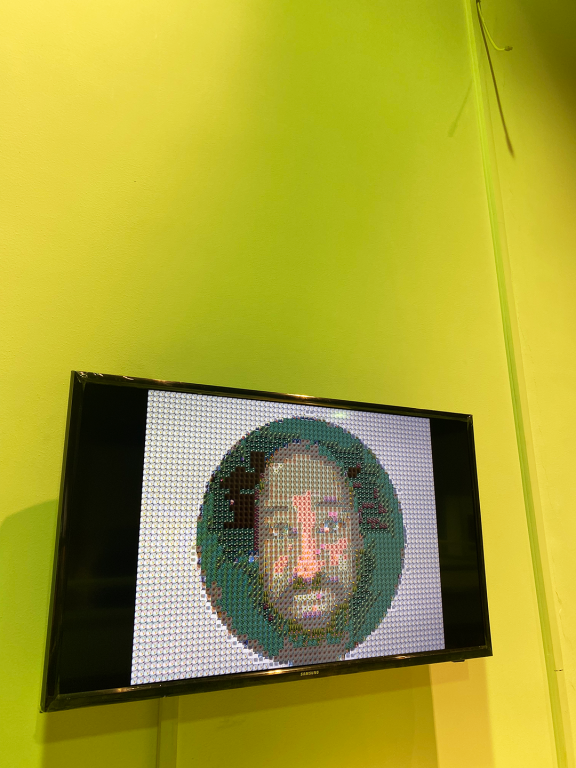




AnilKumar Sudhakaran
Posted at 07:58h, 21 FebruaryMarvelous and fantastic travel guide. Thanks for the kindly information,Mam